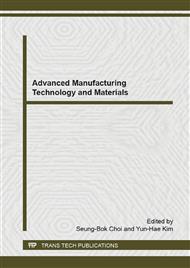p.46
p.53
p.59
p.65
p.70
p.76
p.80
p.89
p.93
Experimental Research on Oolitic Hematite Utilizing Metallic Roasting-Magnetic Separation Processing
Abstract:
The condition tests on the metallic roasting process and the magnetic separation process for the Exi oolitic hematite, are discussed. The results demonstrate that the oolitic hematite is roasted best with excess coal as reductant at the temperature of 1050°C for 3 hours, and a iron concentrate with the grade of 94%, the metallization rate of 95% and the recovery of 88% is obtained through permanent magnet roughing of coarse grains and magnetic media desliming after grinding.
Info:
Periodical:
Pages:
70-75
Citation:
Online since:
January 2015
Authors:
Price:
Сopyright:
© 2015 Trans Tech Publications Ltd. All Rights Reserved
Share:
Citation:


